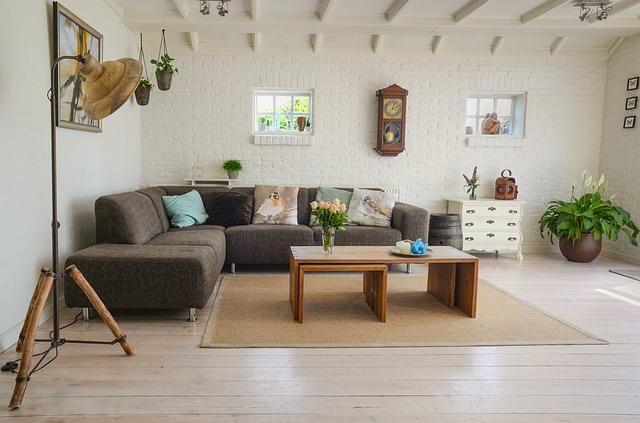Achieving harmony in shared student housing involves balancing social life with personal space through open communication, strategic space division, and compatible roommate selection. Establishing clear routines, designated quiet zones, and vibrant social spaces ensures everyone enjoys both downtime and engagement, fostering a peaceful environment that respects individual needs while encouraging socializing. Regular conversations define boundaries, ensuring well-being and comfort for all roommates.
Creating personal space in shared student housing is an art that fosters a harmonious balance between academic focus and social life. With careful planning and open communication, you can transform your living environment into a sanctuary that meets your unique needs. This guide explores essential strategies, from defining personal boundaries to choosing the right roommates and creating designated zones for both quiet study and vibrant socializing. By implementing these tips, you’ll establish a comfortable home base that enhances your university experience.
- Define Your Personal Needs and Boundaries
- Choose Your Roommates Wisely
- Designate Quiet Zones and Social Spaces
- Establish Routines for Privacy and Interaction
- Communicate Openly About Space Usage
Define Your Personal Needs and Boundaries

Creating a sense of personal space in shared student housing requires a thoughtful approach, especially when balancing your social life. Start by defining your unique needs and boundaries. Consider how much privacy you require at different times—do you need quiet study areas or communal spaces where you can connect with roommates? Understanding your preferences is key to fostering a harmonious environment.
Moreover, establishing clear communication with your roommates is vital. Expressing your expectations regarding noise levels, personal time, and shared responsibilities ensures everyone feels respected. This process might involve negotiating certain areas as off-limits for social gatherings or setting specific hours for quiet time, thereby creating a balance between socializing and having a retreat where you can recharge and focus on your studies or personal interests.
Choose Your Roommates Wisely

When it comes to shared student housing, choosing the right roommates is key to creating a harmonious living environment. It’s not just about finding people who fit your budget; compatibility and shared values are equally important. Look for roommates with whom you can balance your social life. You want individuals who respect personal space and understand the need for quiet study time alongside communal activities.
Consider your personality and lifestyle when making this decision. Do you thrive in a bustling environment, or do you require quieter moments? Aligning with like-minded folks will make your shared living experience more enjoyable and less stressful. Remember, open communication about expectations regarding privacy, noise levels, and social interactions is vital from the get-go to ensure everyone feels comfortable and respected.
Designate Quiet Zones and Social Spaces

In shared student housing, striking a balance between social interactions and personal time is key. To achieve this, designate specific areas for both quiet moments and bustling social gatherings. Create quiet zones in quieter corners of your living space, equipped with comfortable seating and perhaps a bookcase or two. These areas should be free from distractions like loud music or boisterous conversations to cater to those needing solitude or focused study time.
Contrastingly, carve out vibrant social spaces that encourage interaction and camaraderie. This could be a cozy common area furnished with plush sofas, a television, or even a small gaming setup. Strategically placing these spaces near shared amenities like the kitchen can foster natural conversations and facilitate bonding among roommates. By thoughtfully dividing your living space into both quiet and social zones, you can create an environment that satisfies everyone’s need for both personal downtime and engaging camaraderie, ensuring a harmonious balance in your shared student housing experience despite busy social lives.
Establish Routines for Privacy and Interaction

Creating a sense of personal space in shared student housing requires striking a delicate balance between maintaining privacy and fostering social connections. Establishing clear routines can help achieve this harmony. Set aside dedicated time for studying or relaxing alone, ensuring your room is a sanctuary free from interruptions. Conversely, schedule regular communal activities or mealtimes to strengthen bonds with roommates and neighbors, creating an environment where everyone feels included while still allowing for needed solitude.
This balance is crucial for managing expectations and maintaining a healthy living space. By defining moments for both social interaction and personal downtime, residents can prevent conflicts arising from noise levels or intrusion on private time. Ultimately, these routines contribute to a more peaceful and enjoyable shared living experience, where the need for privacy is respected while socializing remains an integral part of the student lifestyle.
Communicate Openly About Space Usage

In shared student housing, open communication is key to creating a harmonious living environment. Discussing space usage with roommates allows everyone to understand each other’s needs and preferences. Start by defining personal versus communal areas and setting clear expectations. Balancing social life and personal space is essential for overall well-being. Regular conversations can help establish guidelines for when shared spaces are preferred and when individuals need quiet time, ensuring a comfortable living experience for all.






